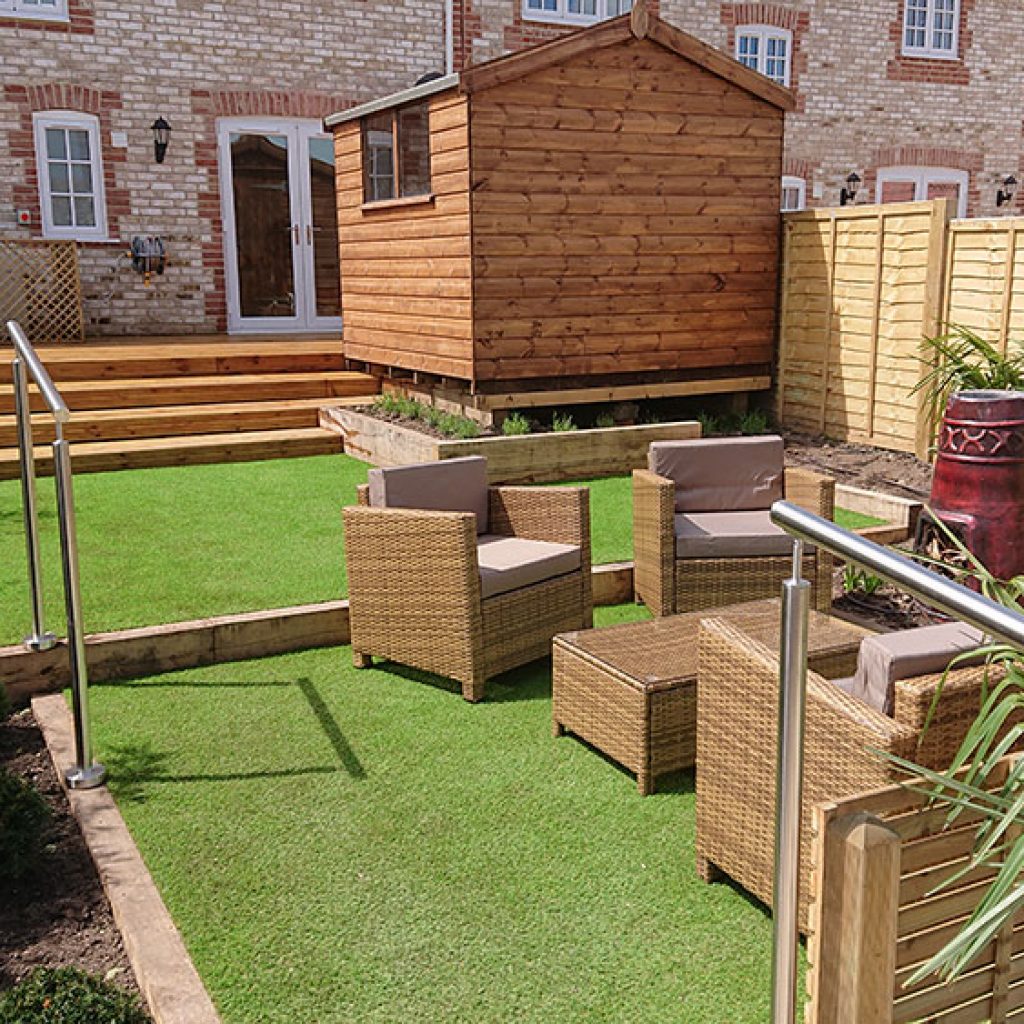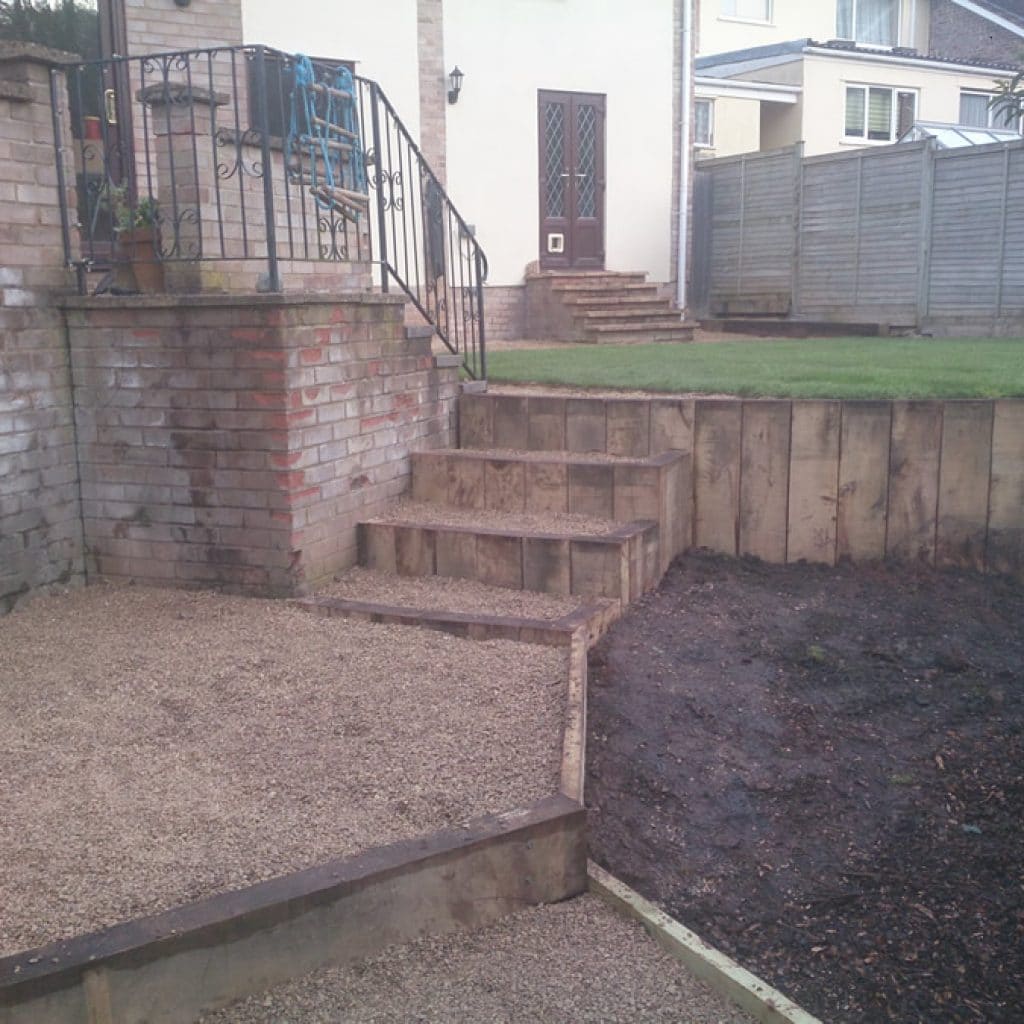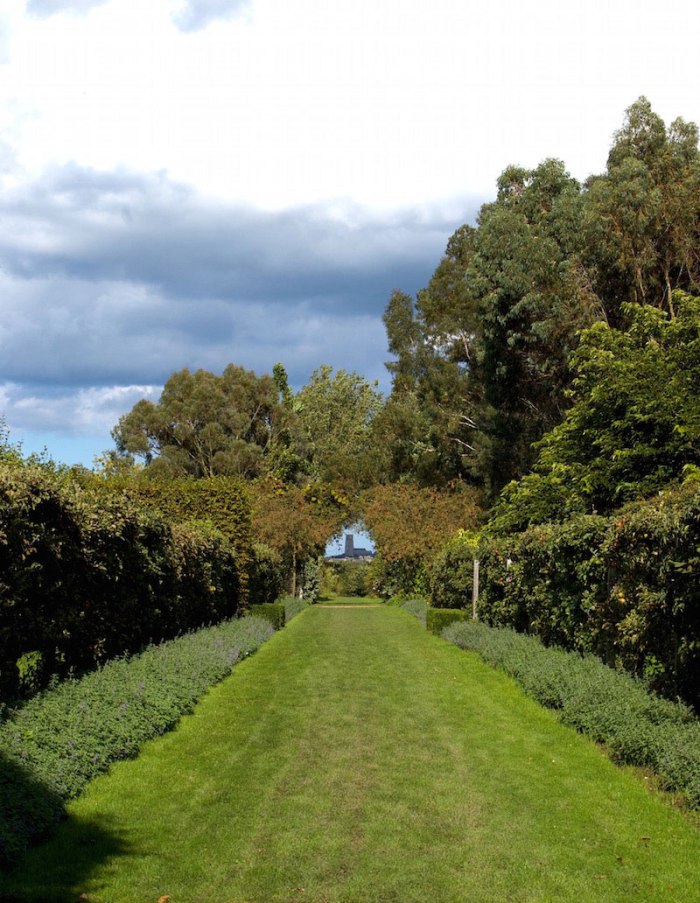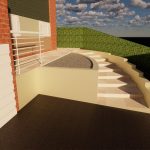Creating interest in a low maintenance garden
An interesting garden needn’t be hard work to look after. Here are my tips for creating interest in a low maintenance garden.
- Define what outdoor jobs you do and don’t like
- Think how you would like to use your garden – and what features will help you to do that
- Choose hard landscaping materials wisely
- Create a focal point
- Use plants that are self-sufficient and suited to conditions in your garden
- Explore gardening gadgets
- If possible, get advice from a professional garden designer and/or landscaper
What makes a garden high maintenance?
We all of us have tasks that we hate doing. Those are the jobs that make looking after something feel like a chore. In turn, that “something” is labelled as high maintenance. If you hate mowing for example, you might think that a garden with a natural lawn is high maintenance.
Another reason for wanting a lower maintenance garden is time. Even if you love gardening, your lifestyle might not allow you enough “free” time to indulge your passion. That leads to frustration when your beautiful outdoor space starts to look a little unruly.
When you are considering your low maintenance garden, start by making a list of chores that are possible, jobs that could be adapted (or delegated!) and stuff that you REALLY don’t want to do. That will help you decide which features and or materials are practical.

If you love a lawn, but mowing isn’t on your list of “favourite ways to spend a Sunday” artificial grass might be a good option for you.
Be aware though, that it is low maintenance – not no maintenance.
What does a garden need to have?
The way you want to use your garden will define what features you include within it. Write yourself a list of functions – and be sure to include the boring ones like storing bins and hanging out washing.
Once you have your list of activities, match each one with the garden features you’ll need.
Eg for morning coffee, you’ll need a seating area. For cooking, a BBQ or and outdoor kitchen. For your hottub, a hard standing, somewhere for your towel and perhaps shelter from the weather and some lighting.
Now you have functionality, let’s look at beauty.
What makes a garden interesting?
A low maintenance garden doesn’t necessarily need to be minimalist. Stripping everything back to an artificial grass lawn with a stone patio and composite fencing is fine. But when that’s all you have to look at day after day, season after season, trust me, you’ll get pretty bored with it all.
Conversely, it’s also possible to cram so much into a garden that it goes past being interesting and instead becomes cluttered, claustrophobic and uninviting. It’s important to get that balance right.

In this garden I’ve used the awkward slope to create interest.
Shaping the terrace and offsetting the steps creates some lovely little nooks and crannies that can be decorated with colourful containers full of low maintenance plants.
For me, a garden should change a little with the seasons. It’s fun to play with the light, use shapes and shadows, bring in a little colour and be able to move things around. Design the layout so that moving around the garden becomes a journey. If possible, use the science of “hide and reveal” to create interesting mini-spaces within the garden.
All of that is possible without making a lot of work.
Choosing plants and materials
There is an enormous range of landscaping materials available to choose from. When you are doing your research, look beyond the way materials are portrayed in the sales literature. Narrow your choices by thinking about the aftercare first and then select materials that fit your criteria.
As an analogy – my pal lives on a working farm with dogs and children in the house. When she was searching for a new sofa she only looked at the ones that were either leather (wipeable) or had washable covers.
Translating that idea to garden materials. Someone looking for a low maintenance boundary fence might swap a hedge for a powder coated metal screen, or some composite fencing. On the other hand, they might go for the hedge and employ a contractor to trim it once a year.

These planters raise the level of the ground so that maintenance is much easier.
I’ve chosen plants that are incredibly independent but bring a whole new dimension into the garden by moving and rustling in the breeze.
Plants create shape and interest and if they are happy in your garden they’ll not be any trouble to you. Ask your garden designer to help you select plants that will bring lots of pleasure but minimal workload. Mulch them well to keep them even happier.
Create a focal point
Something I’ve noticed in interior design is that a room without a focal point somehow feels sterile. It’s just the same for gardens. Bring in something beautiful – a summerhouse or pergola, a piece of art, a firepit, or maybe a quirky plant.
If you are very lucky, you can borrow a view from outside of your garden.

A beautiful view beyond the garden is framed by a hole in the boundary hedge.
Other than mowing and hedge trimming this area needs little maintenance. It’s made more interesting by seasonal changes and by that unique outlook.
This is East Ruston Vicarage Garden on the East Coast of England. Well worth a visit if you’re in the area.
Gadgets for low maintenance gardens
Modern innovations can really help to make your garden lower maintenance. Robot mowers for example. You CAN have a natural lawn and never need to mow it yourself. These little beauties are incredibly self-sufficient.
Irrigation – love growing things but can’t always be there to water them? Install an automated irrigation system. Do your research thoroughly – some of them can be operated via a phone app so you can defer watering if it’s pouring down with rain.
Ask for help from a professional
Now that you know what you want from your low maintenance garden, a professional garden designer can add the wow factor. Rather than plonk a feature in each corner, a designer will create a space that works for all of the family.
The secret is in the combination of layout, materials used, embracing (or disguising) views and plant choices.
Garden design is especially important when you are looking to save time on maintenance. It will allow you to have a beautiful outdoor space that is interesting enough for you to enjoy yet doesn’t burden you with irksome chores.
Contact a garden designer today




